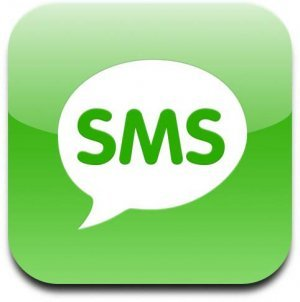SMS is the Workhorse of Mobile Marketing

Mobile Marketing is a huge category of extremely technical stuff that includes Native MobileApps, Mobile Web Sites, Mobile LandingPages, QR Codes, Augmented Reality, SMS Text Messaging, Mobile Search, Mobile Video, Location Based Services and Mobile Commerce. If I had to name one of those as the de facto powerhouse of Mobile Marketing, it would be SMS.
SMS is the workhorse of mobile marketing strategy.
You can use SMS for Text to Win, Text to Vote, Mobile Couponing, Mobile Alerts, Push Notifications, Text to Screen and more. Each SMS use fosters engagement with customers by enticing them to subscribe to your SMS program and thus opt in to your mobile alert database for future communication until the day they reply STOP.
However, SMS does not just end there. The power of SMS Marketing is visible when you look at how many other forms of mobile marketing strategies can be facilitated or made better by text messaging. This is possible because the SMS autoresponder and the SMS Alert CAN CARRY AN HTTP WEB LINK DIRECTLY TO THE HANDSET allowing the marketer to deliver mobile friendly web content directly into the palm of the consumers’ hand. Below you will find examples of what I mean.
When marketing a Native App via traditional media or at the point of sale, you can use an SMS Keyword to bounce back a link to a URL with browser detection and redirect to the respective app market for app download. Conclusion: SMS makes native app marketing and distribution more efficient.
Over 40 percent of Google local search originates from a mobile device.
Merchants and big businesses alike are scrambling to develop “thumb friendly” mobile web sites. Once the site is live, you can use SMS Keywords and SMS Autoresponders to “deliver” the mobile site to your customers via URL in the text message. Conclusion: SMS is a great way to distribute and promote your new mobile web site. You could also add an SMS opt in web widget to your mobile site to encourage subscription to your alerts.
When performing inbound marketing, it is crucial that you use landing pages to increase conversion.
This does not change in mobile. Mobile landing pages can be delivered via SMS autoresponder. A mobile landing page can include a form, or it can act as a graphical mobile coupon for users with mobile enabled web connections. Conclusion: Mixing SMS and Mobile Landing pages, you can create beautiful mobile coupons and increase mobile web conversions.
Most marketers use QR Codes to link the device to a mobile web site or landing page. However, you can also pre-program a QR Code to prepare an outbound text message to a predetermined number. We use QR Codes with a Call to Action that reads: “Scan this and Hit Send SMS on your phone.” The QR Code is programmed to send a keyword to the short code, thus gaining a subscriber in leiu of just a visitor. The web link is then sent via SMS.
SMS alerts can also include links to Youtube and Wistia videos which are inherently already mobile friendly. Thus, you can use SMS keywords or alerts to deliver mobile videos to your customer.
These are just a few of the ways that SMS empowers mobile strategy and why I call SMS “The Workhorse of Mobile Marketing.”







